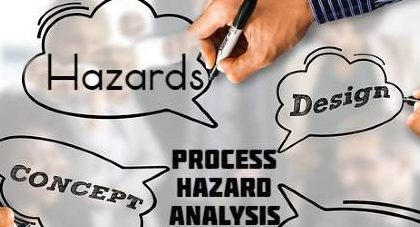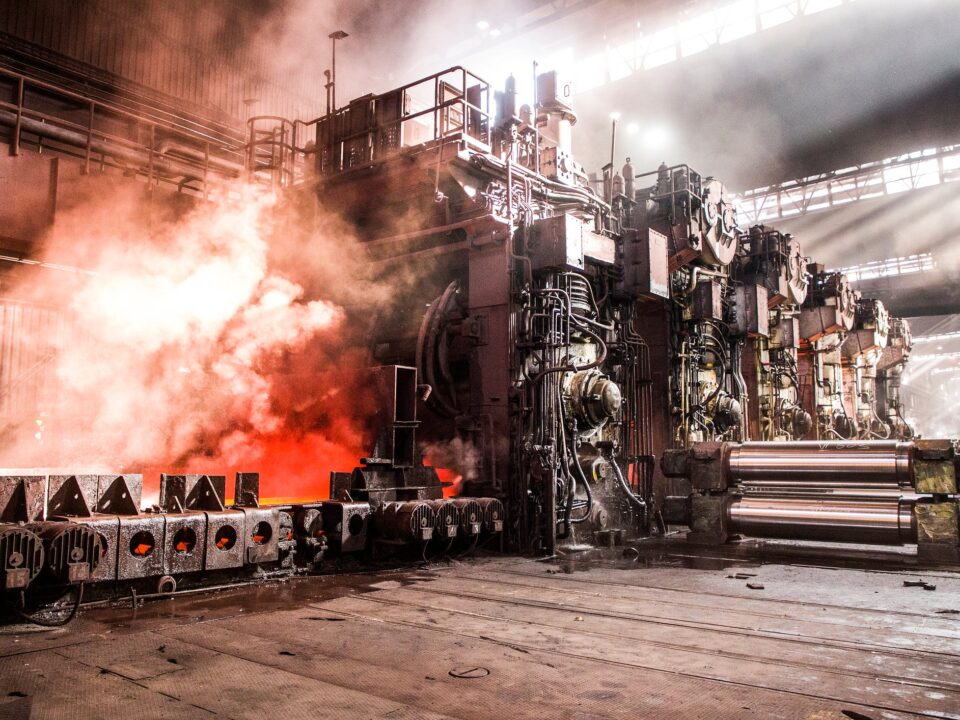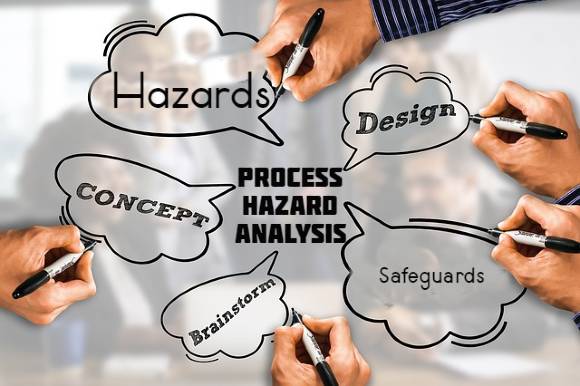Hazardous Area Classification Training

Safety Training System Audit
January 13, 2025
Safety Training System Audit: Ensuring Compliance with Electrical Code, Equipment Grounding, and Safe Work Practices
January 14, 2025In today’s industrial landscape, safety is paramount, especially in hazardous environments where the slightest oversight can lead to catastrophic consequences. Hazardous area classification training plays a pivotal role in ensuring the safety of workers and preventing potential disasters. Let’s delve into why this training is indispensable and how it equips individuals with the knowledge and skills to navigate hazardous areas safely.
Introduction
Working in hazardous areas entails dealing with various risks, including the presence of flammable gases, vapors, combustible dusts, and ignitable fibers. Understanding the nature of these hazards and implementing appropriate safety measures is crucial to prevent accidents and protect lives and assets. Hazardous area classification training serves as a cornerstone in achieving this objective by providing participants with the necessary expertise to identify, assess, and mitigate risks effectively.
Understanding Hazardous Areas
Before delving into the specifics of hazardous area classification training, it’s essential to grasp the concept of hazardous areas. These are locations where the atmosphere contains substances that can potentially ignite or explode under certain conditions. Common examples include petrochemical plants, refineries, pharmaceutical facilities, and grain silos. Hazards in such areas can arise from the presence of flammable gases, liquids, dust, or fibers, making it imperative to adopt stringent safety measures.
Regulatory Compliance
Ensuring compliance with safety regulations is paramount in hazardous environments to minimize risks and prevent accidents. Regulatory bodies such as OSHA (Occupational Safety and Health Administration) in the United States and ATEX (Atmosphères Explosibles) in Europe have established standards and guidelines for the classification and labeling of hazardous areas. Adhering to these regulations not only fosters a safe work environment but also helps organizations avoid legal repercussions and financial losses resulting from non-compliance.
Hazardous Area Classification
Hazardous area classification involves identifying and categorizing areas where explosive atmospheres may occur. This process helps determine the extent of the hazard and implement appropriate safety measures to mitigate risks. Various methods, such as the Zone Classification System and Division Classification System, are employed to classify hazardous areas based on the frequency and duration of explosive atmospheres.
Training Importance
The significance of proper training cannot be overstated when it comes to working in hazardous areas. Hazardous area classification training equips individuals with the knowledge and skills required to recognize potential hazards, interpret safety signage, select appropriate equipment, and respond effectively to emergencies. By investing in training, organizations not only safeguard their workforce but also demonstrate their commitment to safety and regulatory compliance.
Course Content
Hazardous area classification training covers a comprehensive range of topics essential for working safely in hazardous environments. Participants learn about the properties of flammable substances, principles of ignition, methods of hazard identification, and techniques for risk assessment. Practical sessions are often included to familiarize participants with equipment such as gas detectors, explosion-proof enclosures, and personal protective gear.
Qualified Instructors
The effectiveness of hazardous area classification training largely depends on the expertise and experience of the instructors. Qualified trainers bring real-world insights and practical knowledge to the training sessions, enriching the learning experience for participants. Their ability to communicate complex concepts in a clear and engaging manner fosters better understanding and retention among trainees, ensuring that they are well-prepared to handle hazardous situations effectively.
Training Formats
Hazardous area classification training is offered in various formats to accommodate different learning preferences and logistical constraints. In-person training sessions provide hands-on experience and opportunities for interaction with instructors and peers. On the other hand, online training programs offer flexibility and convenience, allowing participants to access course materials at their own pace. Both formats have their advantages and limitations, and the choice depends on factors such as availability, budget, and learning objectives.
Case Studies
Real-life case studies serve as powerful learning tools in hazardous area classification training, illustrating the consequences of inadequate safety measures and the importance of proper training. By analyzing past incidents, participants gain insights into common pitfalls and best practices for risk mitigation. Success stories of individuals who underwent rigorous training and averted potential disasters further underscore the significance of investing in safety education.
Certification
Obtaining certification in hazardous area classification demonstrates competency and proficiency in identifying and managing hazards in explosive atmospheres. Accredited certification bodies such as IECEx (International Electrotechnical Commission System for Certification to Standards Relating to Equipment for Use in Explosive Atmospheres) provide globally recognized credentials that validate the skills and knowledge acquired through training. Certification enhances career prospects and instills confidence in employers and clients regarding one’s ability to work safely in hazardous environments.
Career Opportunities
Professionals with expertise in hazardous area classification are in high demand across various industries, including oil and gas, chemical manufacturing, mining, and pharmaceuticals. Job roles such as hazardous area engineer, safety inspector, compliance officer, and risk assessor offer lucrative career prospects and opportunities for advancement. With the increasing emphasis on workplace safety and regulatory compliance, individuals with specialized training in hazardous area classification are well-positioned to succeed in their careers.
Conclusion
In conclusion, hazardous area classification training is an indispensable investment for individuals working in industries where explosive atmospheres pose significant risks. By equipping participants with the knowledge, skills, and certification required to identify, assess, and mitigate hazards effectively, this training contributes to a safer work environment and reduces the likelihood of accidents and injuries. Prioritizing safety through comprehensive training not only protects lives and assets but also enhances organizational reputation and credibility in the industry.




